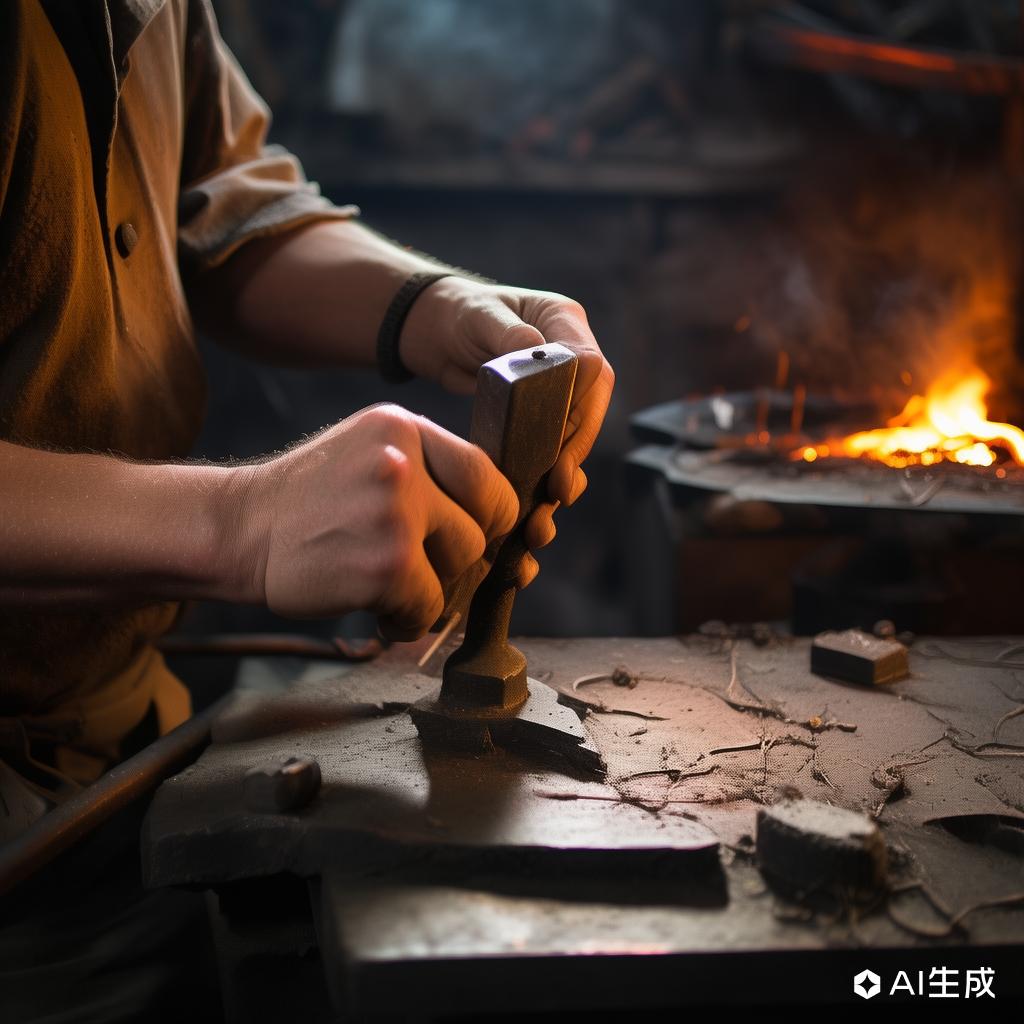Mastering the Art of Jewelry Forging: Techniques and Trends
Share

Jewelry forging is an ancient art form that has evolved over centuries, blending traditional techniques with modern innovations. This craft involves shaping metal into exquisite pieces of jewelry through a process of heating, hammering, and refining. Whether you are an aspiring jeweler or a seasoned artisan, understanding the nuances of jewelry forging can elevate your creations to new heights.
### The Basics of Jewelry Forging
Jewelry forging begins with selecting the right metal. Common choices include gold, silver, and platinum, each offering unique properties and challenges. The metal is then heated in a forge to make it malleable. This process, known as annealing, allows the metal to be shaped without cracking.
### Essential Tools and Techniques
To excel in jewelry forging, you need a set of specialized tools. These include:
- **Anvil:** A sturdy surface for hammering the metal.
- **Hammer:** Various hammers are used for different shaping techniques.
- **Tongs:** To hold the hot metal securely.
- **Forge:** A heat source to anneal the metal.
Techniques such as forging, rolling, and repoussé are employed to create intricate designs. Forging involves shaping the metal with a hammer, while rolling helps in thinning and stretching the metal. Repoussé is a technique where the metal is hammered from the reverse side to create a raised design.
### Modern Trends in Jewelry Forging
In recent years, there has been a resurgence of interest in hand-forged jewelry. This trend is driven by a desire for unique, artisanal pieces that stand out in a market dominated by mass-produced items. Modern jewelers are incorporating contemporary designs and sustainable practices into their work, making jewelry forging both an art and a statement.
### The Role of Technology
While traditional methods remain foundational, technology has also found its place in jewelry forging. CAD (Computer-Aided Design) software allows jewelers to create precise designs before moving to the physical forging process. Additionally, laser cutting and 3D printing are being used to add intricate details that were once impossible to achieve by hand.
### Tips for Aspiring Jewelers
1. **Start with the Basics:** Master the fundamental techniques before moving on to complex projects.
2. **Practice Regularly:** Like any art form, jewelry forging requires consistent practice.
3. **Experiment with Metals:** Each metal has its unique characteristics; experimenting will help you understand their properties.
4. **Stay Updated:** Keep abreast of the latest trends and technologies in the field.